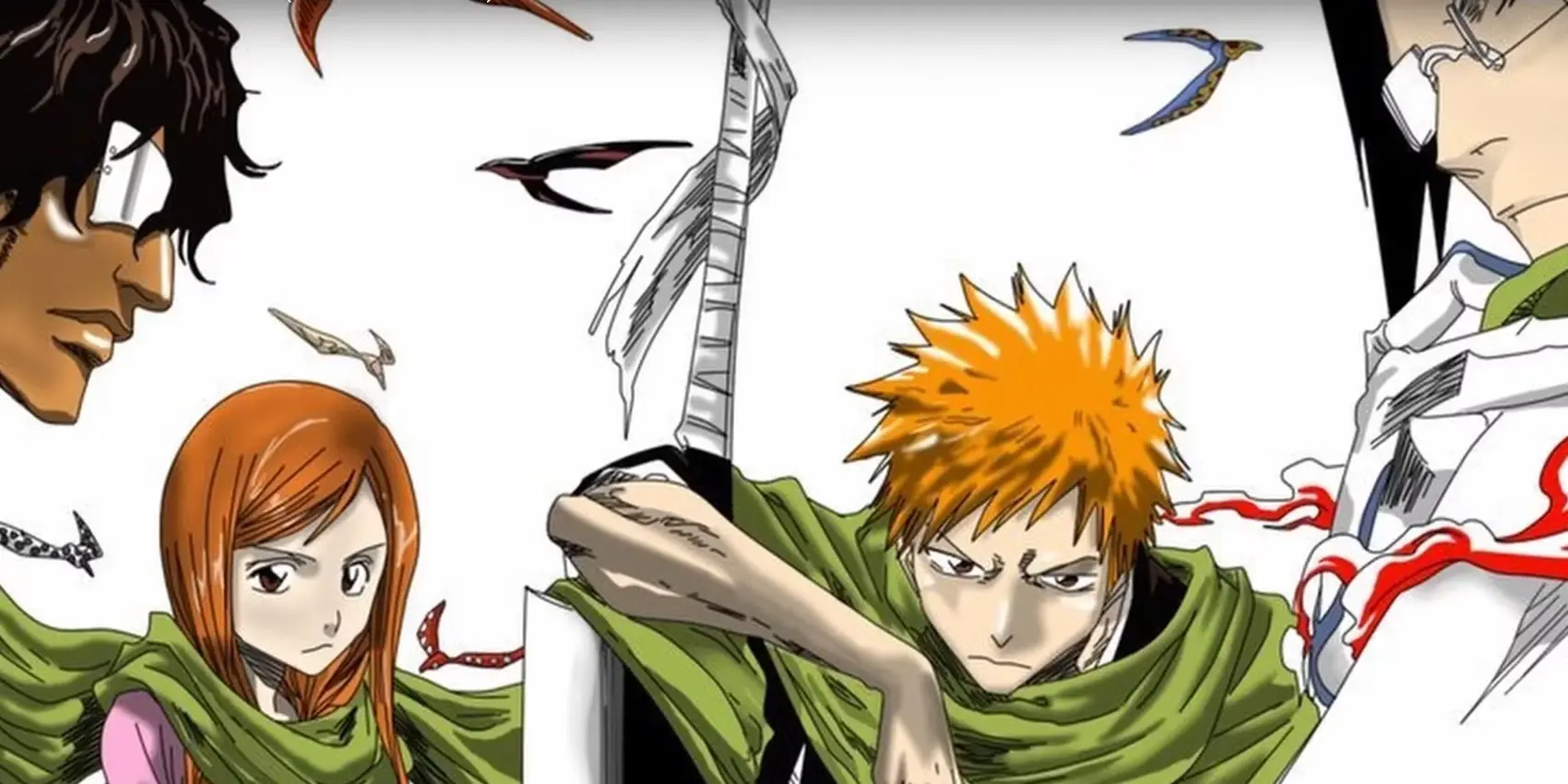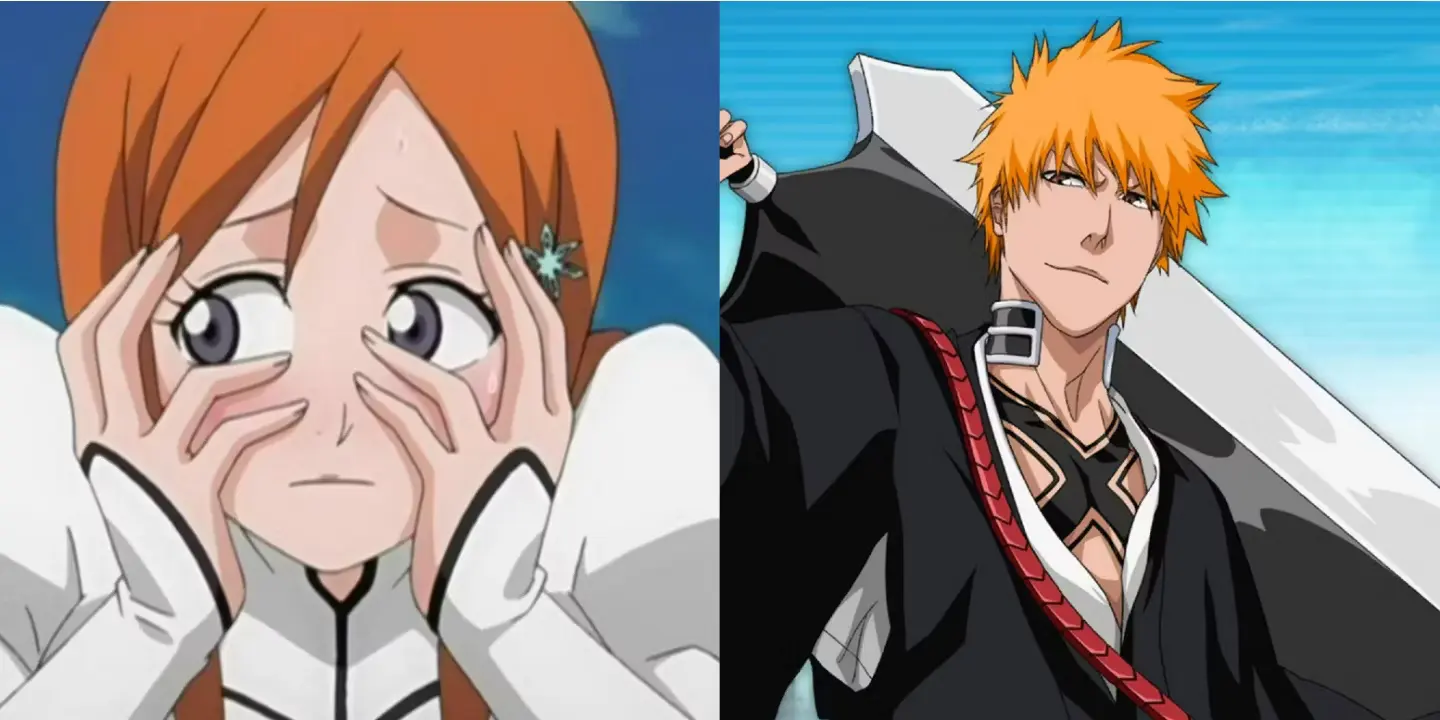Bleach Manga is a renowned Japanese manga series written and illustrated by Tite Kubo. Since its debut in 2001, Bleach Manga has become one of the most popular and influential manga series globally. It has spawned an extensive franchise that includes an anime adaptation, movies, novels, video games, and merchandise. This article delves deep into the world of Bleach, exploring its plot, characters, themes, impact, and legacy.
The Genesis of Bleach
Tite Kubo’s inspiration for creating Bleach Manga came from his fascination with shinigami (death gods) and his desire to craft a story that blended traditional Japanese folklore with modern sensibilities. Before Bleach, Kubo experienced the cancellation of his first manga, Zombiepowder, which made him more determined to succeed with his next project. Bleach Manga was born out of this determination and his unique vision.
Initial Concept and Development
The initial concept of Bleach revolved around a teenager with the ability to see ghosts, but Kubo expanded it into a rich narrative involving Soul Reapers, Hollows, and the Soul Society. His distinctive art style and creative storytelling quickly garnered attention, and Bleach Manga was serialized in Shueisha’s Weekly Shonen Jump in August 2001.
Plot Overview

The Substitute Shinigami Arc
Bleach Manga follows the story of Ichigo Kurosaki, a high school student with the ability to see ghosts. His life changes dramatically when he meets Rukia Kuchiki, a Soul Reaper (Shinigami) responsible for purifying Hollows (malevolent spirits) and guiding lost souls to the afterlife. When Rukia is injured while protecting Ichigo and his family from a Hollow, she transfers her powers to Ichigo, who becomes a Substitute Soul Reaper.
The Soul Society Arc
As Ichigo adapts to his new role, he learns about the Soul Society, the afterlife realm where Soul Reapers reside. Rukia is arrested and sentenced to death for her actions, leading Ichigo and his friends to embark on a perilous journey to the Soul Society to rescue her. This arc introduces many key characters and reveals the complex politics and power dynamics within the Soul Society.
The Arrancar Arc
Following the events in the Soul Society, a new threat emerges in the form of the Arrancars, Hollows who have gained Soul Reaper abilities. Led by the former Soul Reaper captain Sosuke Aizen, they aim to conquer both the human world and the Soul Society. Ichigo and his allies face intense battles to protect their worlds from Aizen’s ambitions.
The Fullbringer Arc
After the defeat of Aizen, Ichigo loses his Soul Reaper powers and struggles with a normal life. He encounters Fullbringers, humans with unique abilities derived from their connection to Hollows. This arc explores Ichigo’s efforts to regain his powers and the mysterious organization known as Xcution.
The Thousand-Year Blood War Arc
The final arc of Bleach Manga delves into the ancient conflict between the Soul Reapers and the Quincy, a group of spiritually aware humans who can destroy Hollows. The Quincy, led by Yhwach, seek to annihilate the Soul Society. This arc unveils deep secrets about the history of the Soul Reapers, Quincies, and Ichigo’s own origins.
Characters
Ichigo Kurosaki
Ichigo Kurosaki is the protagonist of Bleach Manga. His journey from a high school student with the ability to see ghosts to a powerful Soul Reaper is the central focus of the series. Ichigo is characterized by his strong sense of justice, determination, and willingness to protect his loved ones at any cost.
Rukia Kuchiki
Rukia Kuchiki is a pivotal character who introduces Ichigo to the world of Soul Reapers. Her transfer of powers to Ichigo sets the entire series in motion. Rukia’s complex relationship with her brother, Byakuya Kuchiki, and her evolution as a character are key elements in Bleach Manga.

Sosuke Aizen
Sosuke Aizen is one of the primary antagonists in Bleach Manga. A former Soul Reaper captain, Aizen betrays the Soul Society and seeks to gain ultimate power. His cunning intelligence, charisma, and formidable abilities make him a memorable and menacing villain.
Orihime Inoue
Orihime Inoue is one of Ichigo’s closest friends and a significant character in the series. She possesses unique healing and defensive abilities. Orihime’s gentle nature, resilience, and her evolving feelings for Ichigo add emotional depth to the story.
Uryu Ishida
Uryu Ishida is a Quincy and initially one of Ichigo’s rivals. He possesses exceptional archery skills and a strong sense of duty to his Quincy heritage. Uryu’s character development and his complicated relationship with the Soul Reapers are central to the series.
Themes and Symbolism
Life and Death
One of the core themes of Bleach Manga is the exploration of life and death. The series delves into the concept of the afterlife, the duties of Soul Reapers, and the purification of lost souls. It questions the nature of existence and the boundaries between life and death.
Friendship and Loyalty
The bonds of friendship and loyalty are central to Bleach Manga. Ichigo’s unwavering loyalty to his friends and his determination to protect them drive much of the narrative. The camaraderie among the characters, despite their differences, highlights the importance of trust and support.
Power and Responsibility
The theme of power and responsibility is prevalent throughout Bleach. Characters grapple with the consequences of their powers and the responsibilities they bear. Ichigo’s struggle to balance his human life with his duties as a Soul Reaper exemplifies this theme.
Identity and Self-Discovery
Identity and self-discovery are recurring motifs in Bleach Manga. Characters often confront their pasts, hidden truths, and their true selves. Ichigo’s journey to understand his own origins and the revelations about his family play a crucial role in his development.
Art and Style
Tite Kubo’s Artistic Vision
Tite Kubo’s distinct art style is a defining feature of Bleach Manga. His intricate character designs, dynamic action sequences, and meticulous attention to detail contribute to the series’ visual appeal. Kubo’s ability to convey emotions and intensity through his artwork is widely acclaimed.
Character Designs
The character designs in Bleach Manga are diverse and memorable. Each character has a unique appearance that reflects their personality and role in the story. From the traditional Soul Reaper uniforms to the elaborate costumes of the Arrancars, the designs enhance the visual storytelling.
Action Sequences
Bleach is renowned for its intense and visually stunning action sequences. Kubo’s mastery of depicting fast-paced battles, powerful attacks, and strategic combat makes the fight scenes exhilarating. The choreography and creativity in these sequences keep readers engaged.
Impact and Legacy
Popularity and Influence
Since its debut, Bleach has garnered a massive fanbase worldwide. Its popularity has led to numerous adaptations, including an anime series, movies, and video games. Bleach’s influence can be seen in other manga and anime series that have drawn inspiration from its themes and style.
Cultural Significance
Bleach has made a significant cultural impact, both in Japan and internationally. Its portrayal of Japanese folklore, mythology, and spiritual concepts has introduced these elements to a global audience. The series has also contributed to the popularity of manga and anime in mainstream culture.
Merchandise and Media
The success of Bleach Manga has led to a vast array of merchandise, including action figures, clothing, accessories, and collectibles. Additionally, the series has expanded into various media, such as novels, art books, and spin-off manga, further enriching the Bleach universe.
Anime Adaptation
Production and Reception
The Bleach anime adaptation, produced by Studio Pierrot, premiered in 2004 and ran for 366 episodes. The anime closely follows the manga’s storyline, bringing the characters and battles to life with vibrant animation and voice acting. The series received positive reviews for its faithful adaptation and engaging episodes.

Filler Arcs
Like many long-running anime, Bleach included filler arcs—episodes that were not part of the original manga. These filler arcs, while sometimes criticized for deviating from the main plot, provided additional character development and unique storylines that enriched the Bleach universe.
Revival and Final Arc
In 2020, it was announced that the Bleach anime would return to adapt the final arc, The Thousand-Year Blood War. This revival has been highly anticipated by fans eager to see the conclusion of the story animated. The return of the anime signifies the enduring popularity and legacy of Bleach.
Critical Analysis
Strengths
Bleach’s strengths lie in its compelling characters, intricate plotlines, and dynamic action sequences. The series’ exploration of themes like life, death, and identity adds depth to the narrative. Tite Kubo’s artistic talent and storytelling skills have made Bleach a beloved and influential work.
Criticisms
Despite its success, Bleach has faced criticisms, particularly regarding its pacing and filler arcs. Some fans and critics have noted that the series could have been more concise, and certain story arcs felt drawn out. Additionally, the final arc received mixed reactions due to its complexity and abrupt conclusion.
Legacy and Ongoing Influence
Bleach’s legacy endures in the world of manga and anime. It continues to inspire new generations of creators and fans. The series’ impact on the shonen genre, its memorable characters, and its exploration of profound themes have solidified its place in the annals of manga history.
Fan Community
Global Fandom
Bleach boasts a passionate and dedicated global fanbase. Fans engage in discussions, create fan art, and participate in cosplay, celebrating their love for the series. Online communities and social media platforms have allowed fans to connect and share their enthusiasm for Bleach.
Conventions and Events
Bleach has been a prominent presence at anime conventions and events worldwide. Panels, screenings, and merchandise booths dedicated to the series attract fans eager to immerse themselves in the Bleach universe. These gatherings foster a sense of community and camaraderie among fans.
Fan Works and Contributions
The creativity of the Bleach fan community is evident in the vast array of fan works, including fanfiction, fan art, and fan-made animations. These contributions showcase the enduring impact of Bleach and the inspiration it continues to provide to its audience.
Conclusion
Bleach remains a cornerstone of manga and anime culture. Its captivating story, rich characters, and profound themes have left an indelible mark on the genre. As the series continues to inspire and entertain, its legacy as a beloved and influential work endures. Tite Kubo’s creation has transcended its medium, becoming a cultural phenomenon that resonates with fans around the world.
Frequently Asked Question About ”Bleach Manga”

Navigating the Diverse Realms of Tech, News, Business, Lifestyle and Gaming
Meet Linda, a versatile blogger with a passion for exploring the ever-evolving landscapes of technology, news, business, and more. Gabriel’s passion for staying at the forefront of diverse niches reflects in every blog post. Through his insightful blogs, Scott provides readers with a window into the latest trends, wellness tips, and the ever-evolving landscape of daily living. With a knack for distilling complex topics into digestible insights, Debra invites readers to join her on a journey where each blog post is a window into the dynamic intersection of modern trends and business dynamics.


